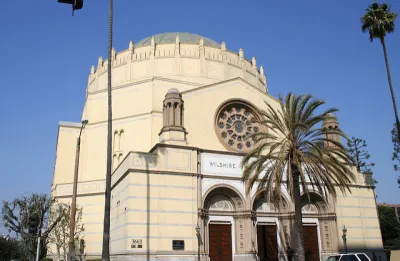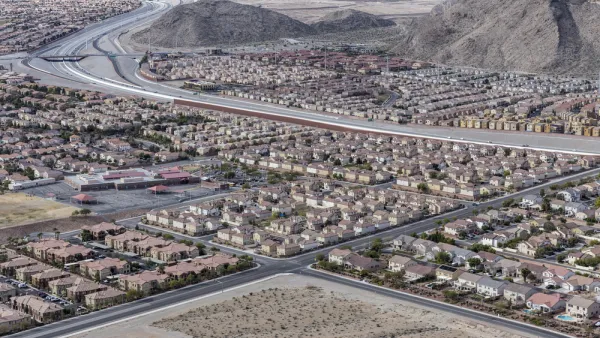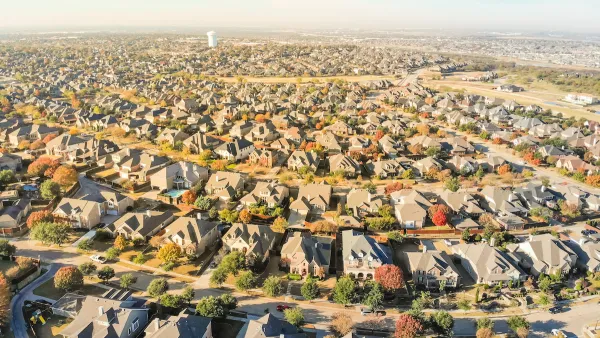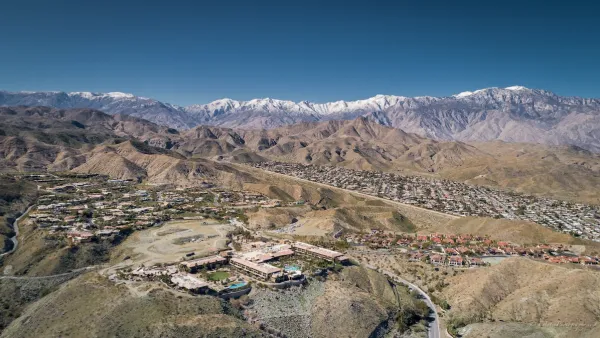The growth of urban Jewish populations is more evidence that educated Americans are less hostile to city life today than they were in the late 20th century.

In the past, I have written about the suburbanization of the American Jewish population: a topic of much personal interest to me, but perhaps of less interest to non-Jewish readers. Even so, Jewish life is a canary in a coal mine: because Jews tend to be disproportionately well-educated and affluent, a city with a significant Jewish population is likely to be a revitalizing city, while cities where nearly all Jews live in suburbia tend to be rapidly declining cities (such as St. Louis and Cleveland).
One question I've been interested in recently: Has there been a "back to the city" movement among American Jews? To analyze this question, I looked at the Jewish Data Bank website, which contains population surveys from all over the nation. Because most communities conduct population studies every decade or two, I only have recent data for a few regions. Even so I found a small pattern of urban growth. To name some examples:
In Boston, there has been significant reurbanization. Thirty-three percent of regional Jews now live in the city of Boston or its two most city-like inner suburbs (Cambridge and Somerville), up from 22 percent in 2005. Much of this growth is concentrated among younger people: 50 percent of Jews under 34 live in these areas.
In Miami's urban South Beach, the Jewish population increased by 20 percent between 2004 and 2014, after nosediving for years. In Central Miami (that is, the eastern half of the city of Miami) the number of households tripled between 2004 and 2014. Similarly, the number of Jews in Northeast South Dade (mostly the western half of Miami, plus some inner ring suburbs) increased by about 30 percent. On the other hand, outer suburbs have been gaining as well: the Jewish population in Palm Beach County, the northern edge of South Florida, has increased significantly. Population-losing Jewish communities are in in-between suburbs like East Kendall and Broward County: very suburban but not quite as new or as far out as Palm Beach.
In Chicago, the city's Jewish population increased between 2000 and 2010, by 7 percent in the North side and 4 percent in the South Side.
A Baltimore-area survey measured both households and persons, yielding somewhat ambiguous results. The number of Jewish households in Central Baltimore (which includes the parts of Baltimore closest to downtown) increased by 46 percent between 1999 and 2010. On the other hand, the number of Jewish persons increased by only 2 percent. What's going on? Declining household sizes may mean that older families are being replaced by young singles and couples. In Park Heights (which is just barely within the city limits) the Jewish population increased by 25 percent. Jewish population decreased in older suburbs such as Randallstown and Owings Mills.
In 1995, about 2,600 Jews lived in the city of St. Louis; by 2014 the number doubled to a still-puny 5,000 (about 6 percent of the region's Jewish population).
Philadelphia is an outlier; the city's Jewish population actually declined over the past decade. However, Philadelphia's population study did not discuss trends by neighborhood, so I don't know whether the declines were in the urban core or in Northeast Philadelphia, which is essentially suburban.
Even so, the pattern seems clear: Jews are repopulating close-in neighborhoods in more regions than not.

National Parks Layoffs Will Cause Communities to Lose Billions
Thousands of essential park workers were laid off this week, just before the busy spring break season.

Retro-silient?: America’s First “Eco-burb,” The Woodlands Turns 50
A master-planned community north of Houston offers lessons on green infrastructure and resilient design, but falls short of its founder’s lofty affordability and walkability goals.

Delivering for America Plan Will Downgrade Mail Service in at Least 49.5 Percent of Zip Codes
Republican and Democrat lawmakers criticize the plan for its disproportionate negative impact on rural communities.

Test News Post 1
This is a summary

Test News Headline 46
Test for the image on the front page.

Balancing Bombs and Butterflies: How the National Guard Protects a Rare Species
The National Guard at Fort Indiantown Gap uses GIS technology and land management strategies to balance military training with conservation efforts, ensuring the survival of the rare eastern regal fritillary butterfly.
Urban Design for Planners 1: Software Tools
This six-course series explores essential urban design concepts using open source software and equips planners with the tools they need to participate fully in the urban design process.
Planning for Universal Design
Learn the tools for implementing Universal Design in planning regulations.
EMC Planning Group, Inc.
Planetizen
Planetizen
Mpact (formerly Rail~Volution)
Great Falls Development Authority, Inc.
HUDs Office of Policy Development and Research
NYU Wagner Graduate School of Public Service






























